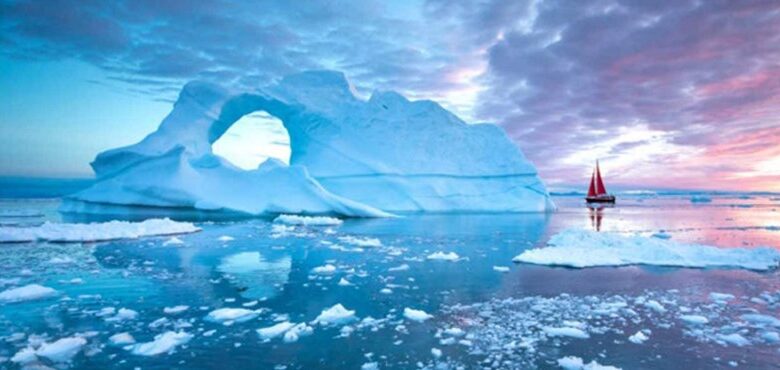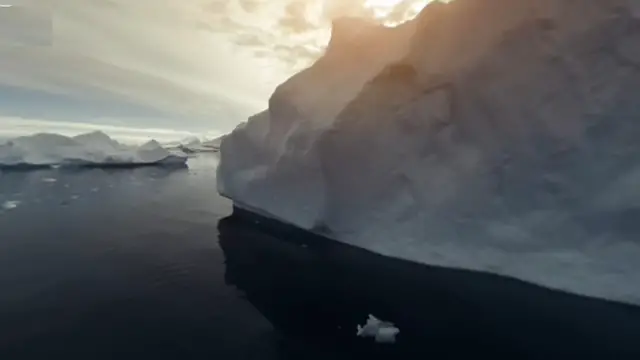Surprising Discoveries Unveiled: Scientists Look Under Arctic Ice and Find the Unexpected

The researchers from the Alfred Wegener Institute in Germany were curious about the condition of the algae growing at the bottom of the polar ice sheets, and the results surprised them twice.
Everyone imagines the Arctic region in blue and white, which is no wonder since such images of the ice and water around it are mostly seen. However, far fewer people know that the color green dominates under the water in the summer.
An alga called Melosira arctica attaches itself to the bottom of Arctic sea ice and grows to a large size. Algae are made up of long fibers and single-celled microorganisms called diatoms. They are indispensable players in the polar ecosystem, present in practically the entire food chain. From fish to birds to whales, they are consumed by almost all living creatures.
However, it appears that not only do these algae thrive in the Arctic, but microplastics are also abundant. A recent publication in the journal Environmental Science & Technology reported that researchers at the Alfred Wegener Institute in Germany discovered an alarmingly high concentration of microplastics in samples taken from the algae.

This study provides yet another piece of evidence that microplastics are ubiquitous, present in everything from freshly fallen Antarctic snow to the air we breathe, and even in our bloodstream.
All 12 algae samples collected by the scientists from ice floes contained microplastics. In total, they counted around 400 pieces of plastic in the examined algae. Based on their calculations, each cubic meter of algae contains 31,000 such plastic pieces, which is ten times the concentration measured in the surrounding waters. This can be a serious problem not only for the algae itself but also for all other animals that feed on it, as well as for the climate.
Melanie Bergmann, the lead author of the study, told Gizmodo that she was amazed when she saw the results. She and her team did not expect to find such a high concentration of microplastics in the algae, let alone a concentration higher than that of the surrounding waters.
The problem may be that during winter, microplastics accumulate on the surface of the ice, which then get released into the water when the ice melts. Consequently, the algae collect microplastics not only from the water but also from the surface.
Previously, the highest concentration of microplastics was found in sea sediment, which could be due to the fact that some of the algae do not end up as food but settle on the bottom of the ocean.
Since some studies have already suggested that consuming microplastics can be harmful to health, experts believe that the algae may be slowly contaminating the entire ecosystem with microplastics.
Furthermore, the high concentration of microplastics can also be dangerous for the algae itself as it can impede their ability to carry out photosynthesis. This can also reduce their ability to bind carbon dioxide, which could accelerate climate change.
While this is currently only an assumption, experts believe that further investigations are needed to confirm this.
If you want to know about similar things at other times, like the Facebook page of the Fbhtechinfo